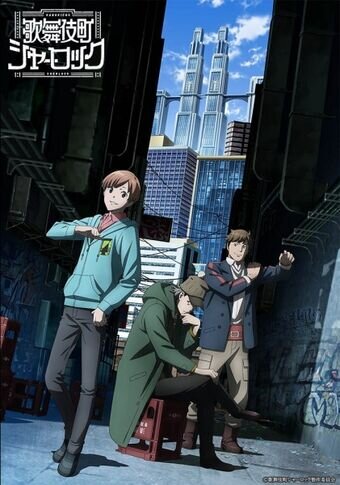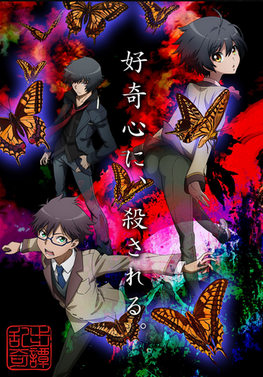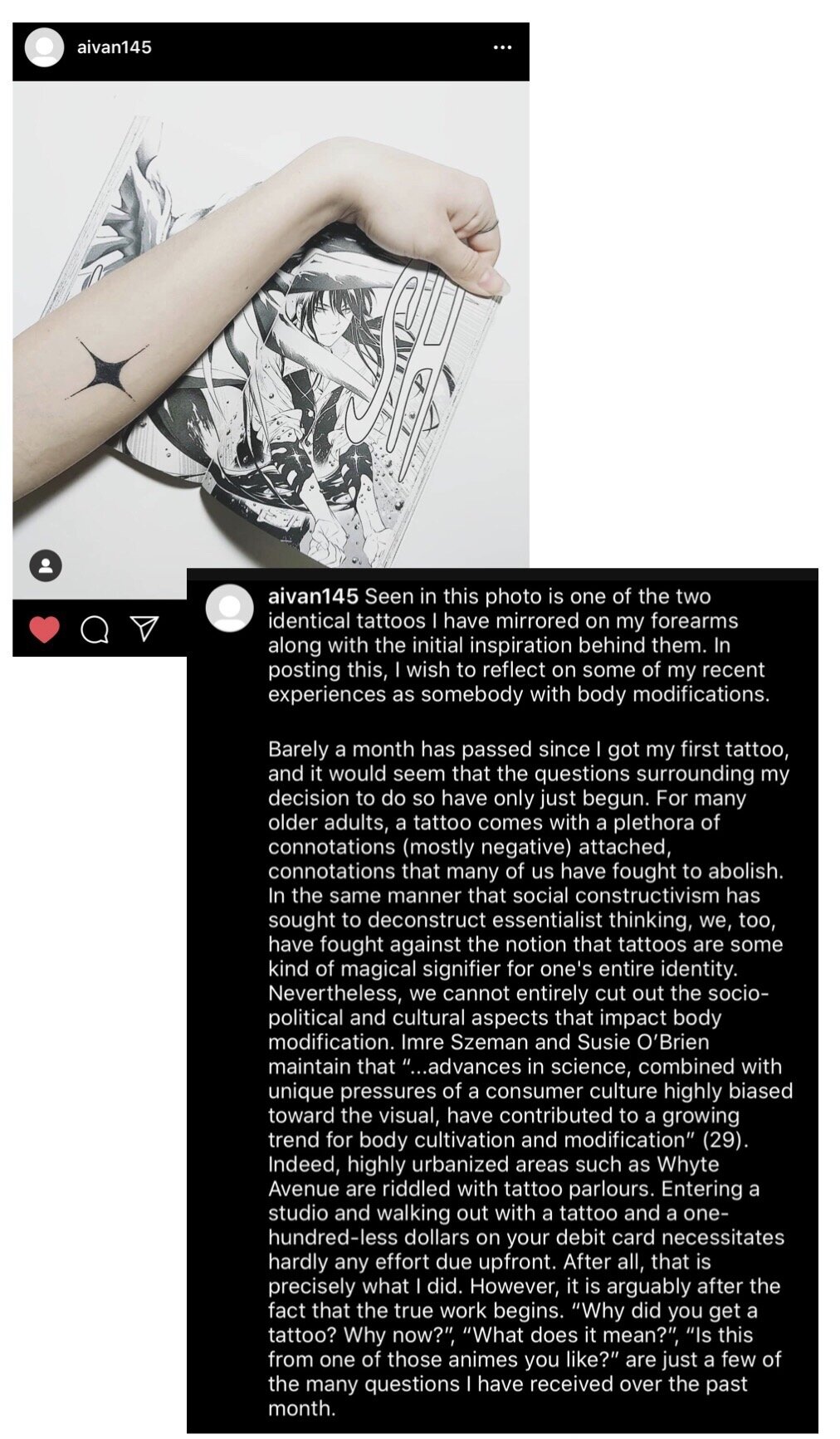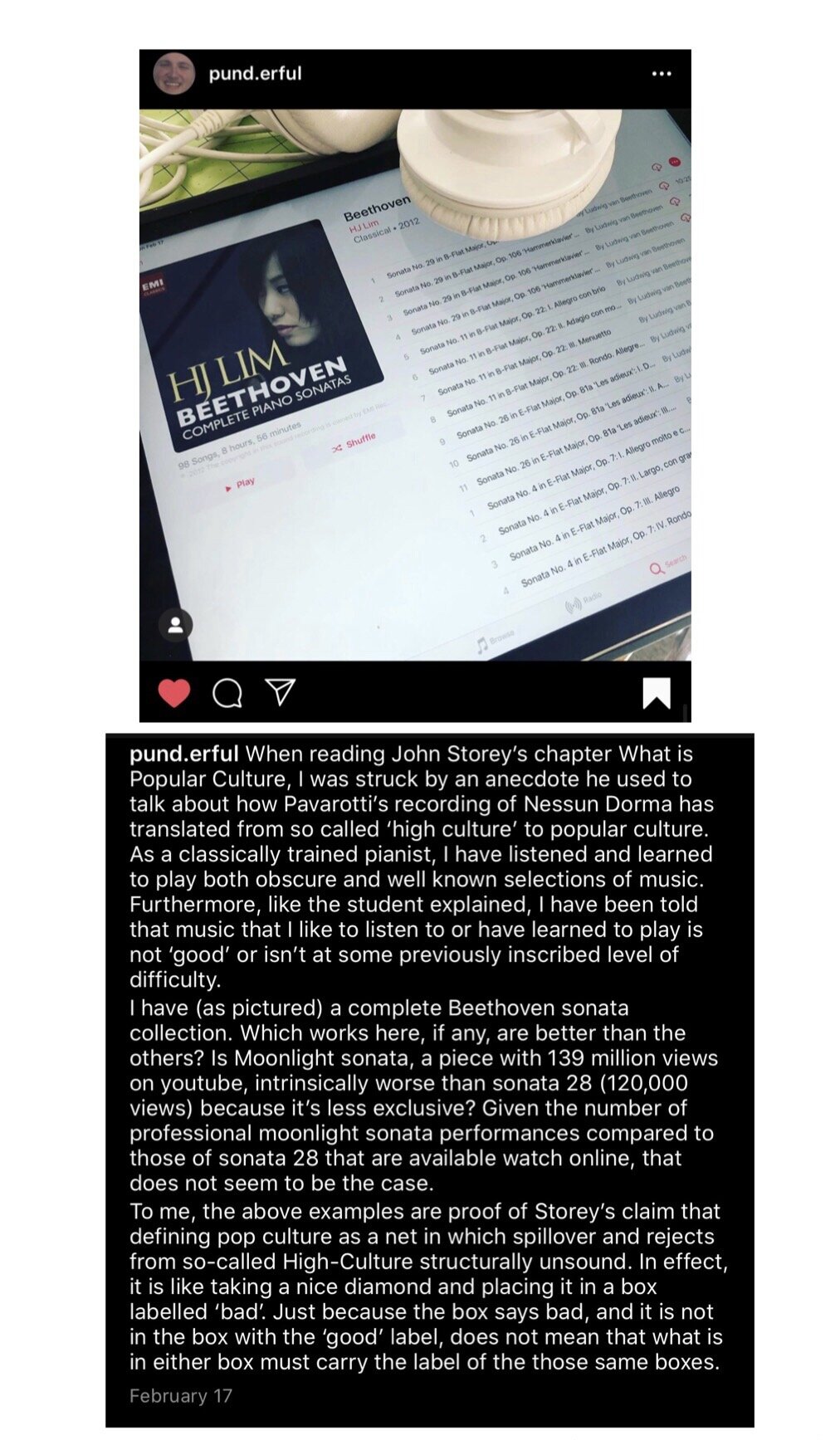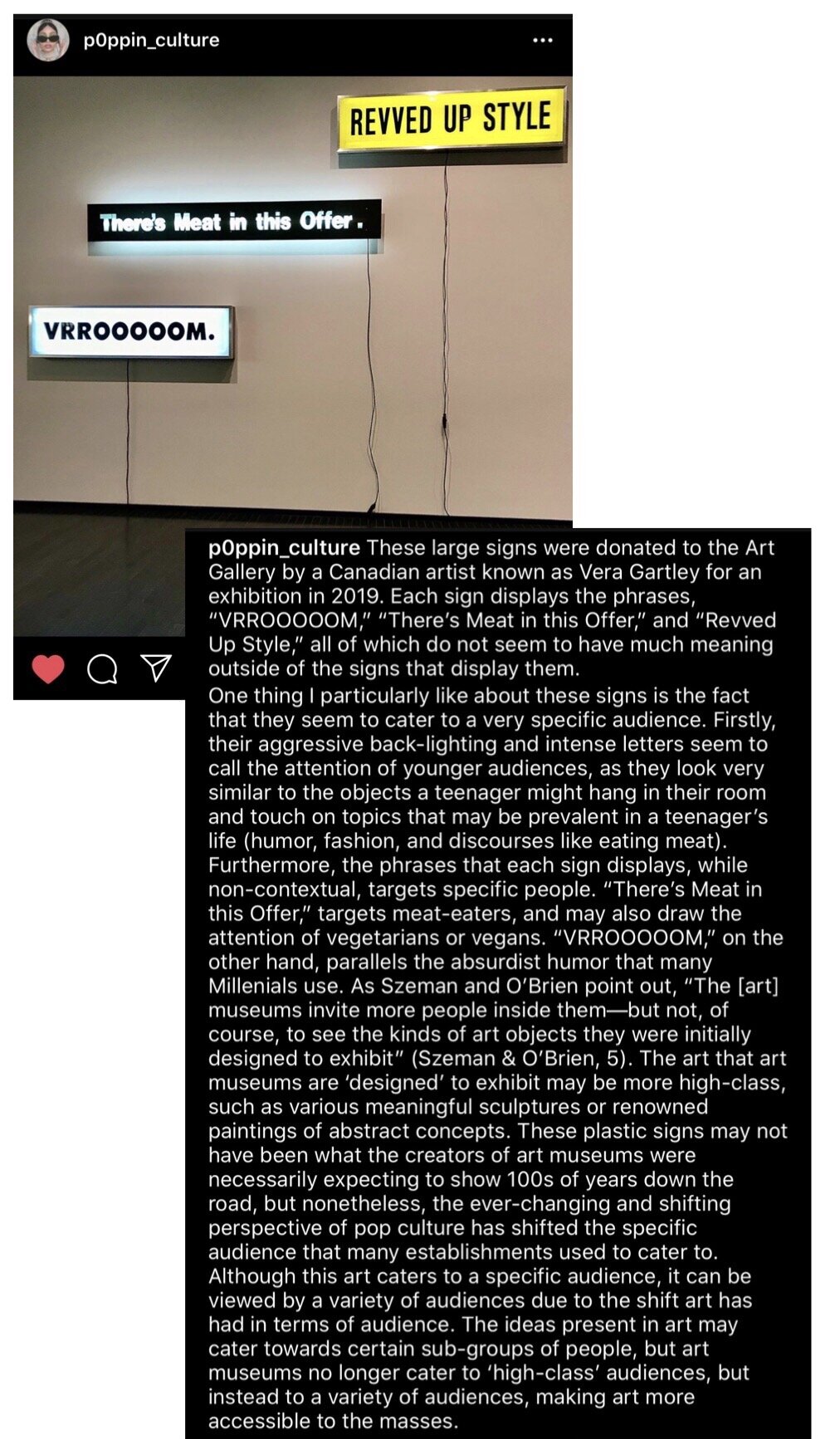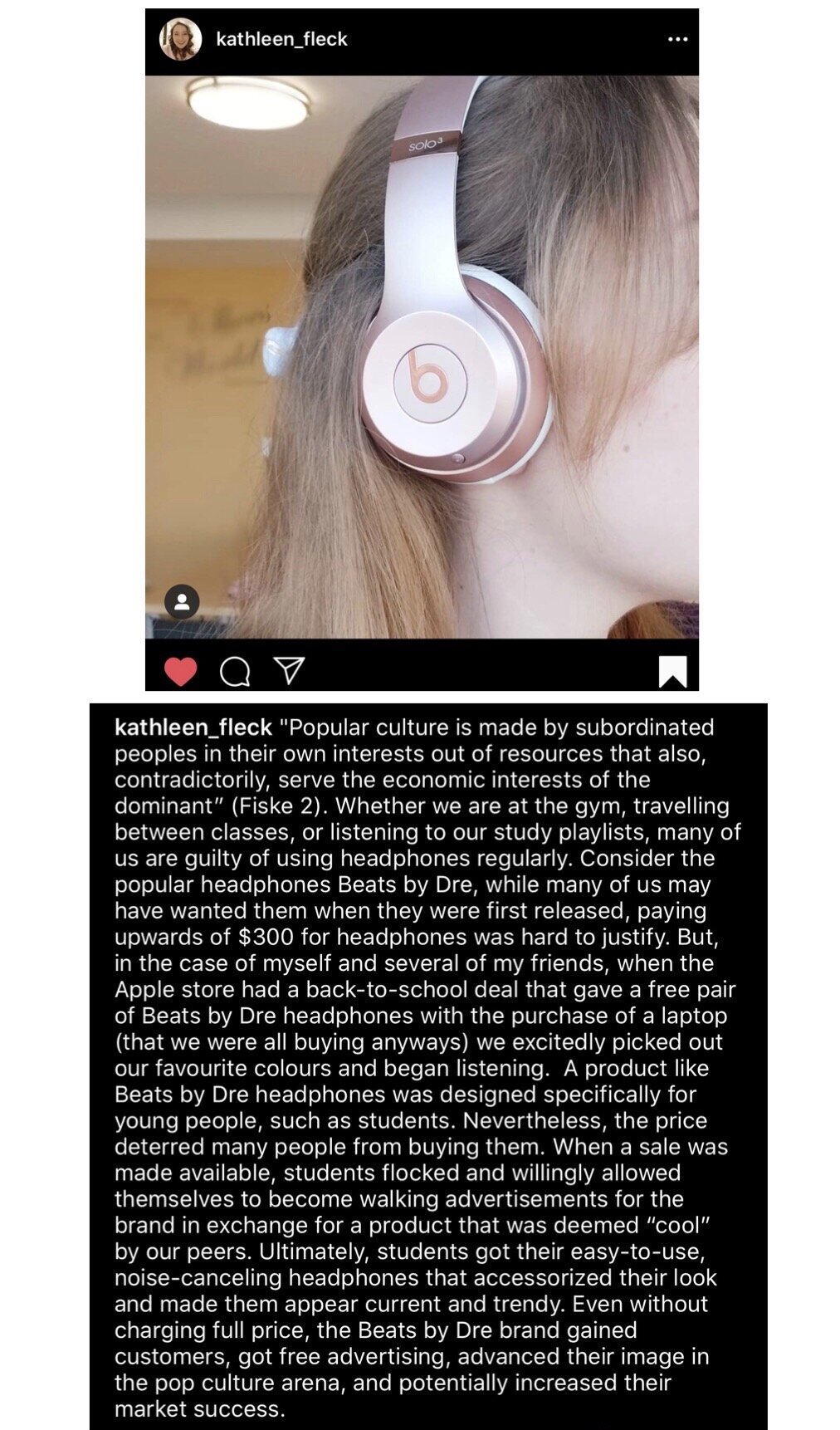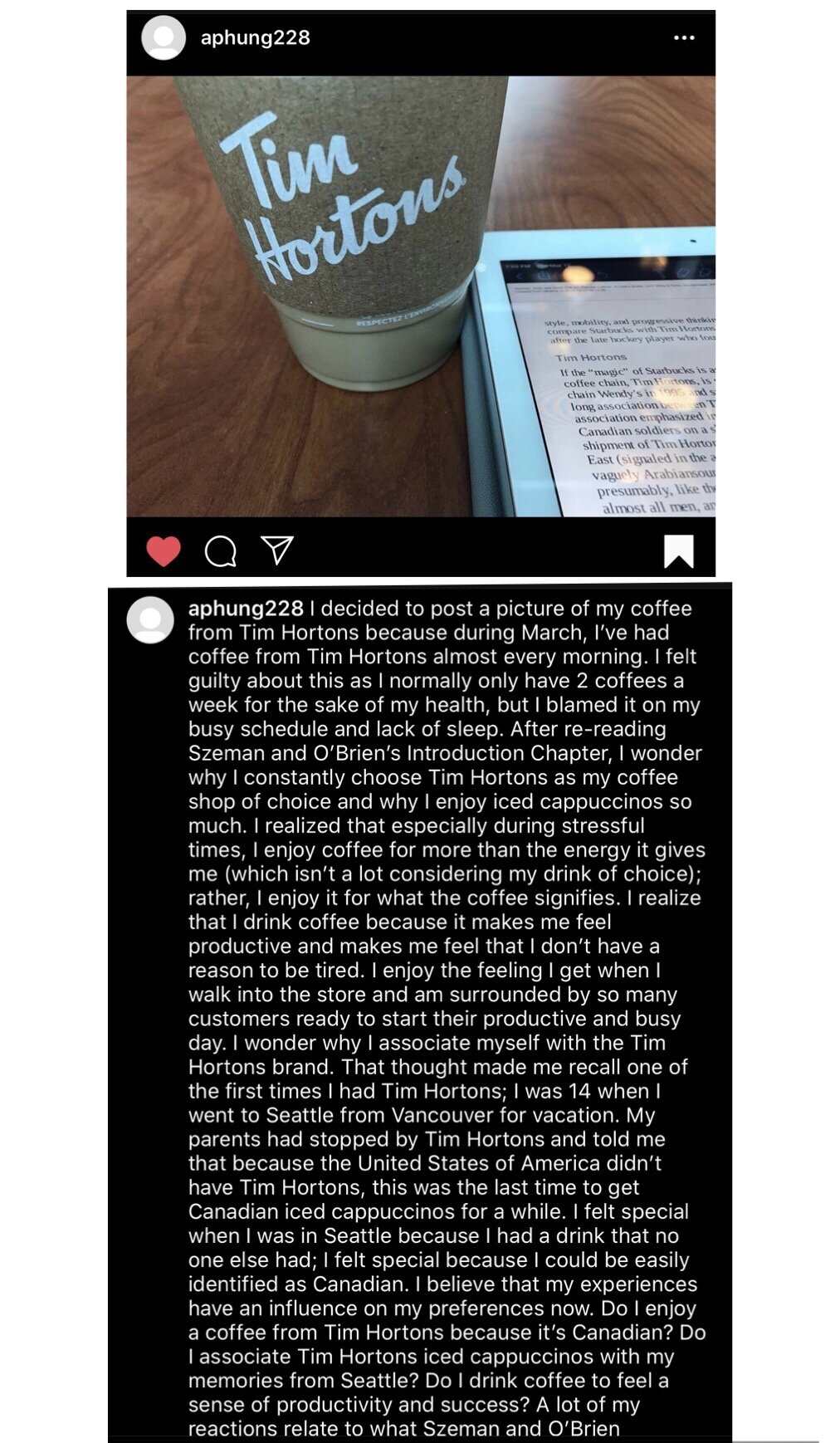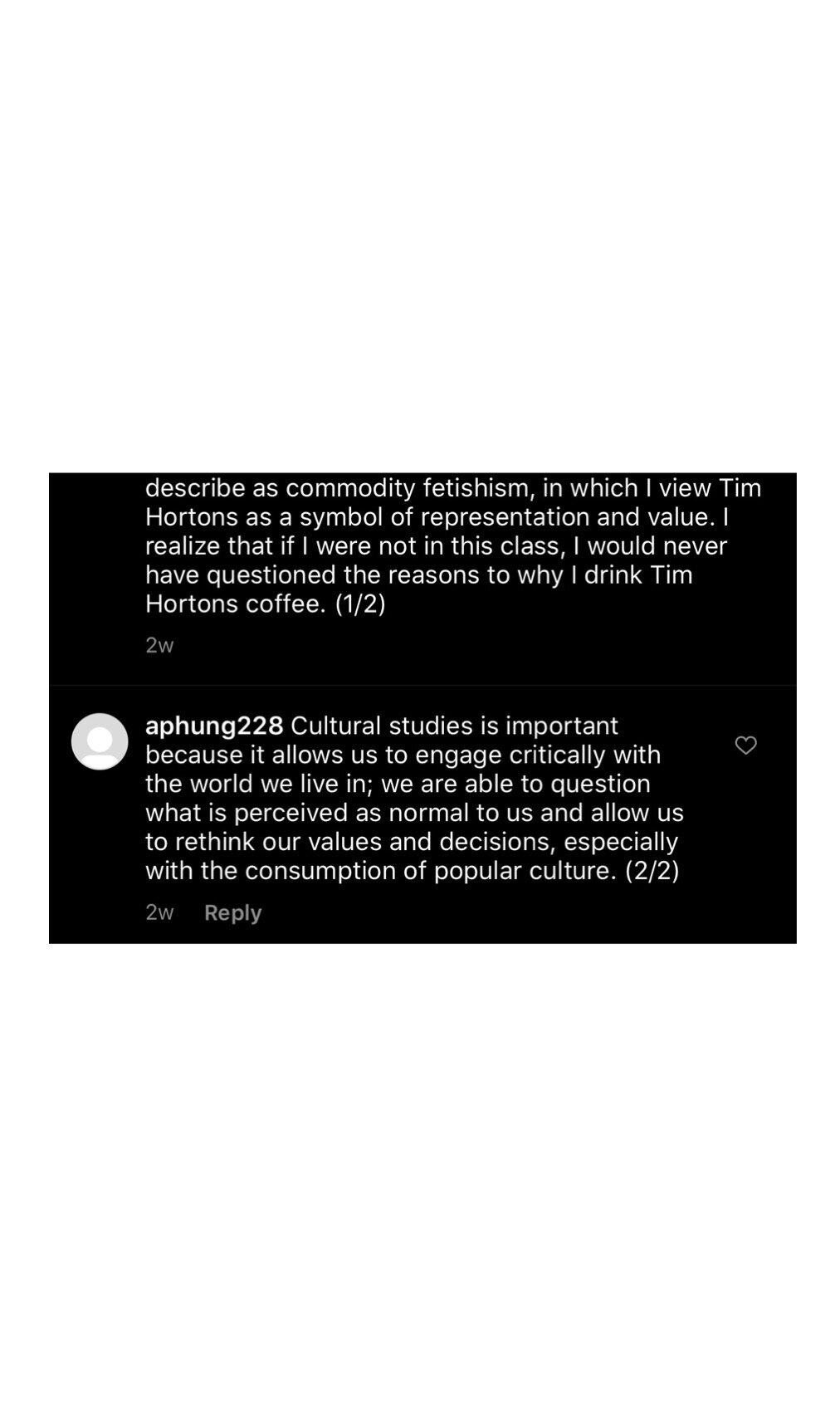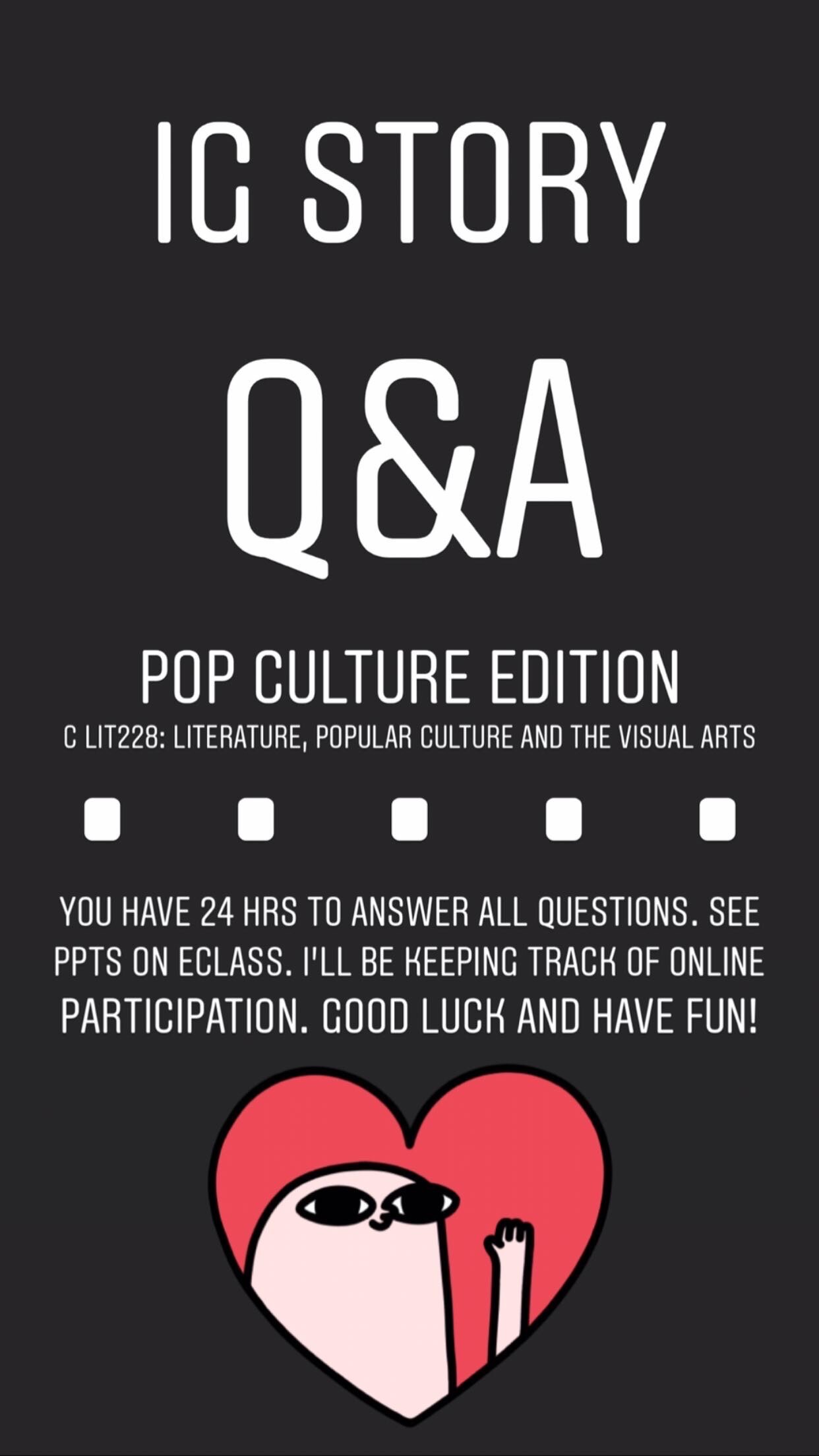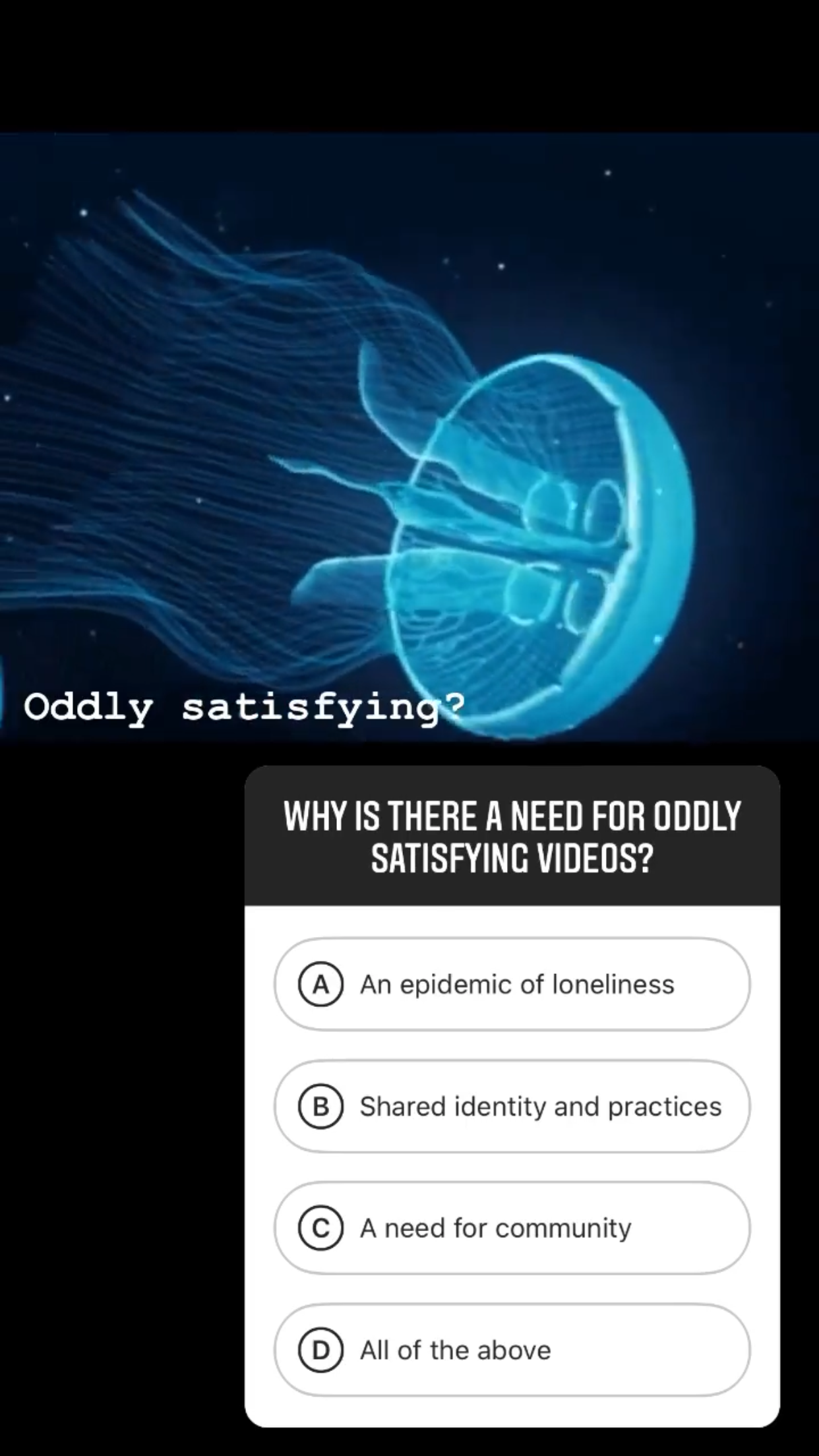Click to enlarge!
If you’ve ever wondered what Sherlockian societies do during their meetings, then this blog is for you! I’ll be talking about 3 meetings that I attended this month and provide you with links so that you can find out more info and consider joining! The game is on!
Because we still live in this time of global pandemic, all meetings were hosted online through Zoom. Virtual meetings can’t replace the experience of in-person ones, but I appreciate the creative ways in which the Sherlockian communities make Zoom meetings just as engaging and fun!
1. On Saturday June 6, The Bootmakers hosted their first online video conference story meeting:The Adventure of the Norwood Builder, featuring guest speaker, Mark Jones who gave a really fascinating talk about Black Peter. He’s also the co-host of Doings of Doyle podcast, which you can access here. The lecture was followed by a fun quiz and song by Karen Campbell and a story wrap-up by Doug Wrigglesworth. Next month’s meeting will feature guest talks by members of the Japanese Sherlockian society!! Take a look at the poster for more details on how you can join in on the fun and consider signing up to become a member!
2. On Saturday June 13, I attended my first webinar meeting hosted by the Scintillation of Scions. The program for this two-day event was jam-packed with fun things to do and see. There was a virtual happy hour that took place on the 12th, and although I couldn't attend the “breakout room bars,” I did enjoy some of the Sherlockian cocktails on my own time--especially The Blue Carbuncle (mmm). I also really enjoyed the fascinating talks by everyone. You can access the full program on their website, including recipes to the cocktail I mentioned and more! Stay tuned to register for the 2021 annual symposium that’ll happen in Maryland here.
3. On Sunday June 14 (Japan time), I also attended my first meeting hosted by the Japan Sherlock Holmes Club! Due to the time difference between Toronto and Tokyo, I ended up staying up till about 4:00 am, but the meetings are held only once a month and it was definitely worth it. Yumiko Shigaki, who is a collector of Sherlockian goods, showcased some very interesting and some very rare things from her collection. She has an enormous collection of pins, and I was thrilled to see that she had a Bootmaker one (time for me to get one too!). You can check out the society’s homepage (in English). The meetings are held in Japanese. The thing that I was most impressed by was the number of youth/”young” people who are part of this society--it sure was a promising sign for the future of Sherlockians.
I understand that during this time of socio-political unrest, asking you to join a literary circle might seem counterintuitive and insensitive to the lives being affected by the pandemic (both Covid-19 and the pandemic of racism and hate). The Sherlockian societies that I belong to are inclusive and inviting--at least, from my own personal experiences--but much more formative work can be done to increase diversity in terms of membership. If you have any suggestions or comments, please reach out to me here and let’s start a conversation.
